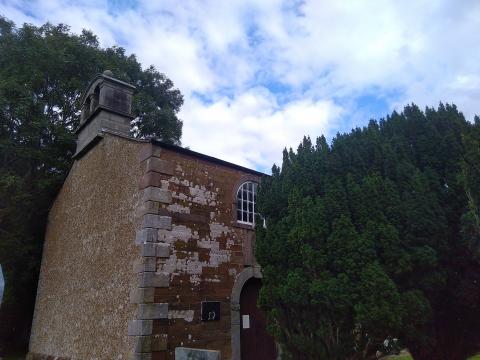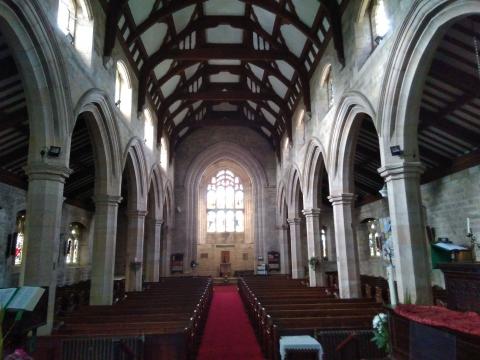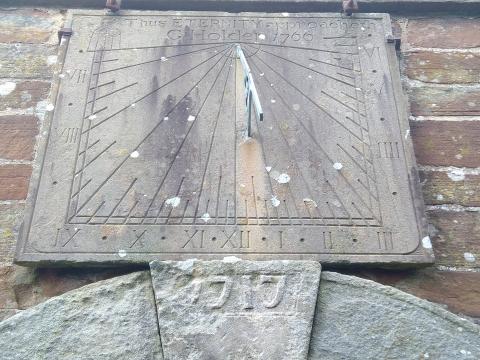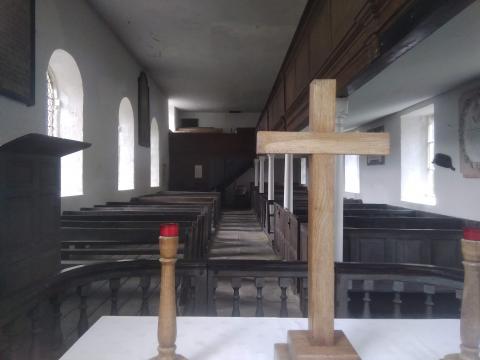Pilling Old Church

I visited Amounderness last month, roughly corresponding to the area more commonly called West Lancashire. It reminded me of Lincolnshire, on account of its rich soils, flat fields and steep dykes alongside which its long, straight roads run. I wanted to see a little gem- the old church of St John the Baptist in the village of Pilling. If ours is a late Georgian dissenting chapel, Pilling’s in an early Georgian parish church. It is essentially a preaching house, with simple pews facing a gigantic pulpit and a gallery into which more auditors could cram.

In the 1880s, this style of church was deemed too old fashioned to trendier Anglicans, who yearned for medieval structures with prominent altars and pulpits exiled to the side. The current parish church is not unlike a cathedral in some of its internal proportions and a medieval priest would certainly feel at home within.

Thankfully, for history’s and architecture’s sake, they did not feel the need to demolish the 1717 building to make way for the new. The two sit almost side by side, showcasing the different generations’ ecclesiastical ideals. Yet above the older, plainer building is a sundial, the text on which observes:
Thus eternity approaches
G Holden 1766

Indeed it does. G. Holden, the chap who presumably paid for the timepiece, is now as dead as his ancestors, a denizen of eternity, So, too, the lavish Victorians with their grandiose church plans and obsession with altars and aisles. Modern residents of Pilling may know little about their two churches and care even less, but they too have appointments with death, for eternity beckons, and its summons cannot be ignored or deferred. As the autumnal sunshine lazily washes that sundial with light, the approaching winter will claim more lives. Who heeds its message? Who notes its dreadful warning?

- Log in to post comments


 Sunday Worship 10.45am & 6.00pm
Sunday Worship 10.45am & 6.00pm